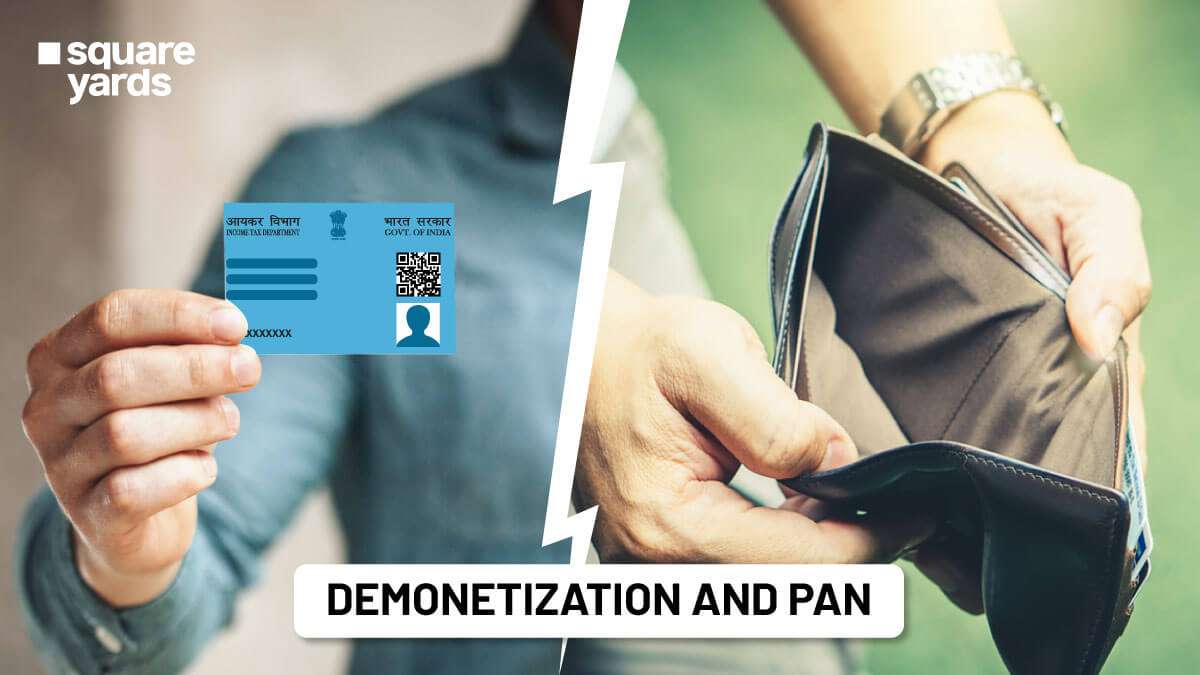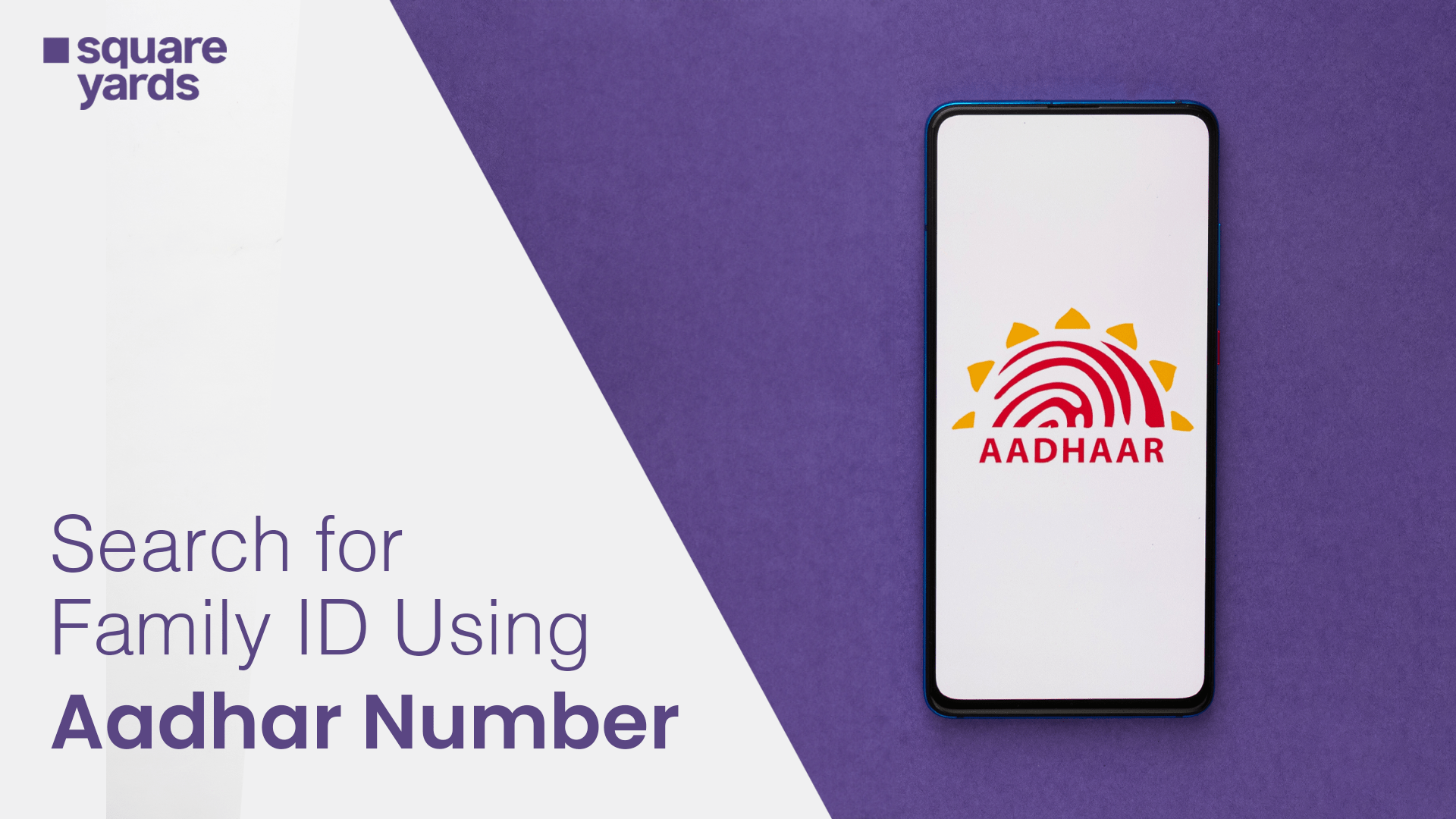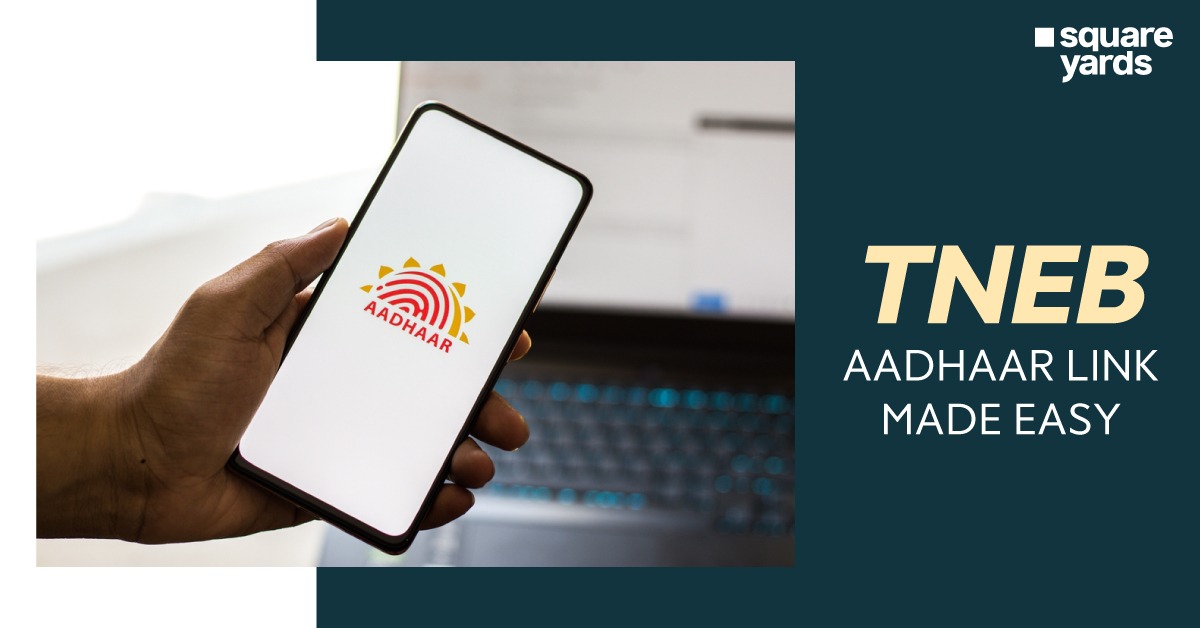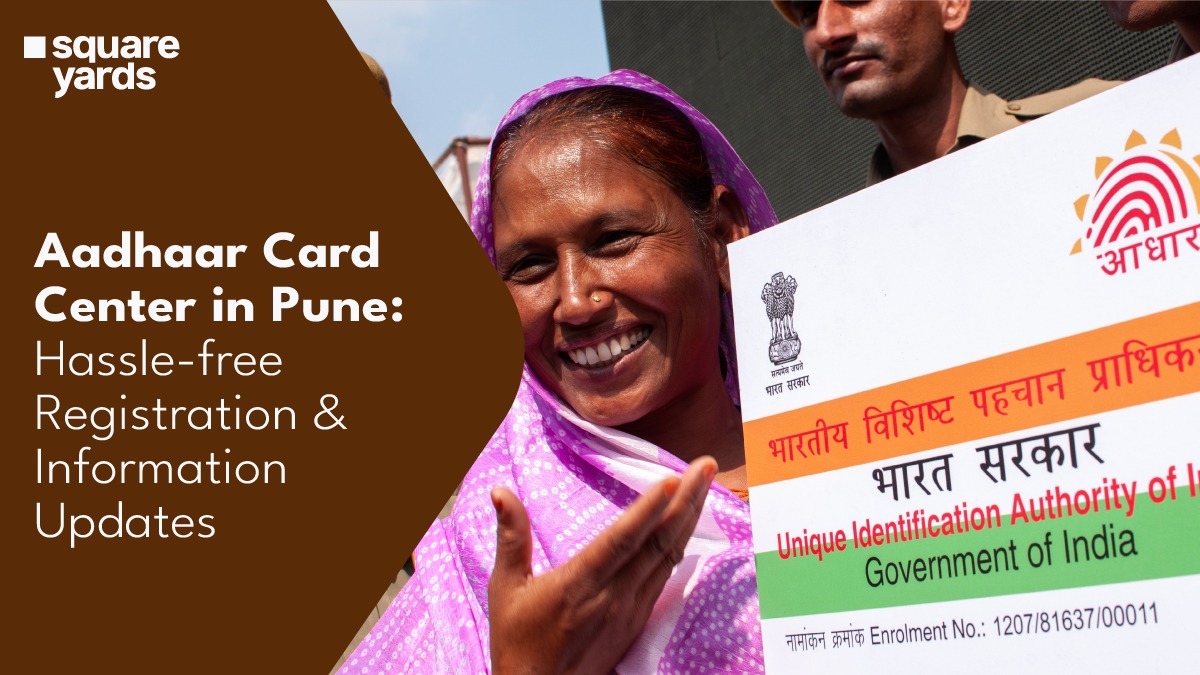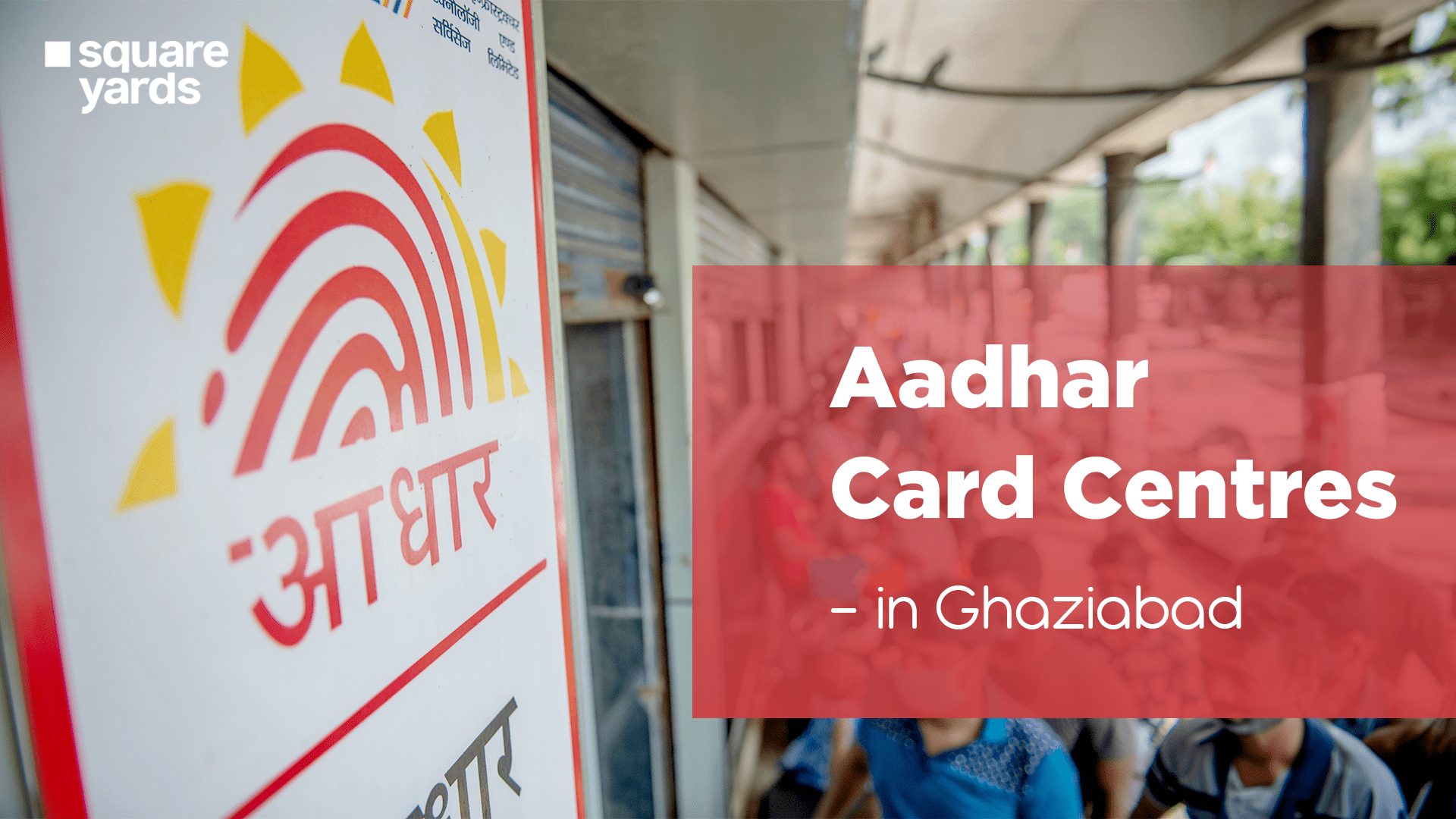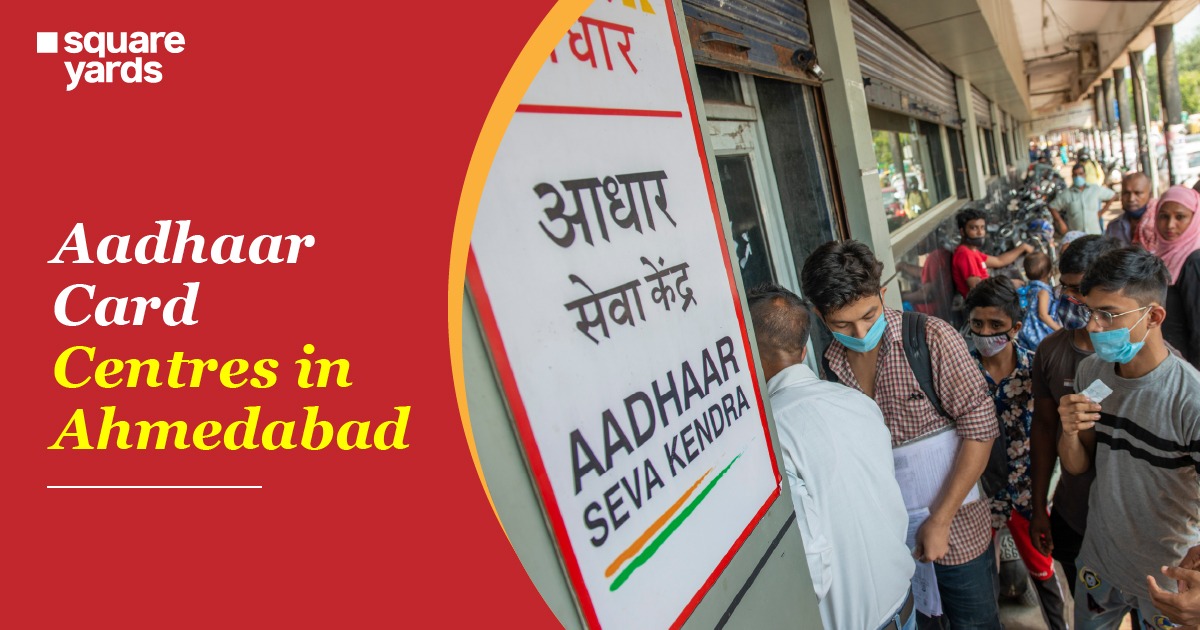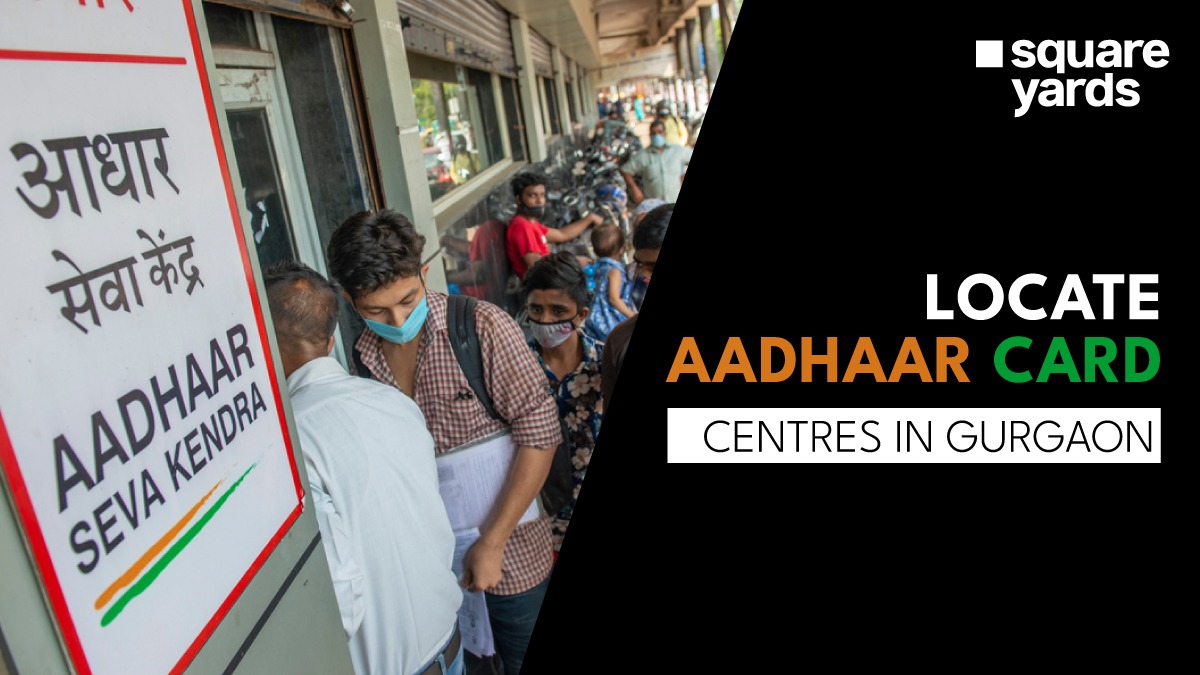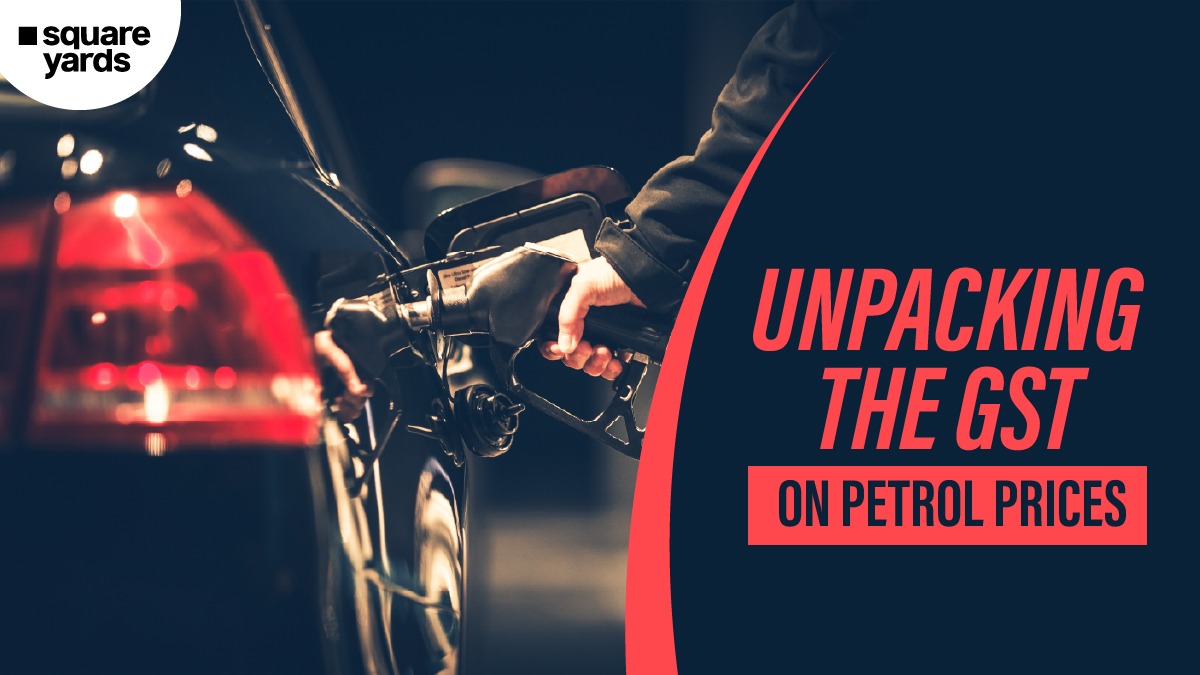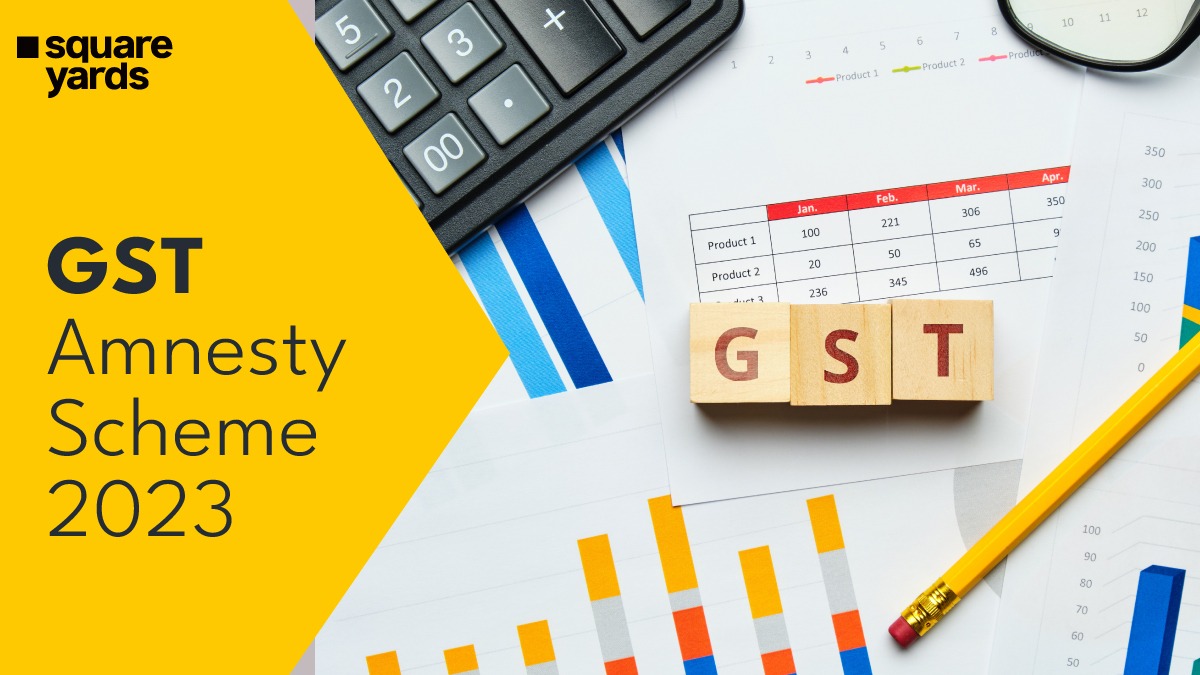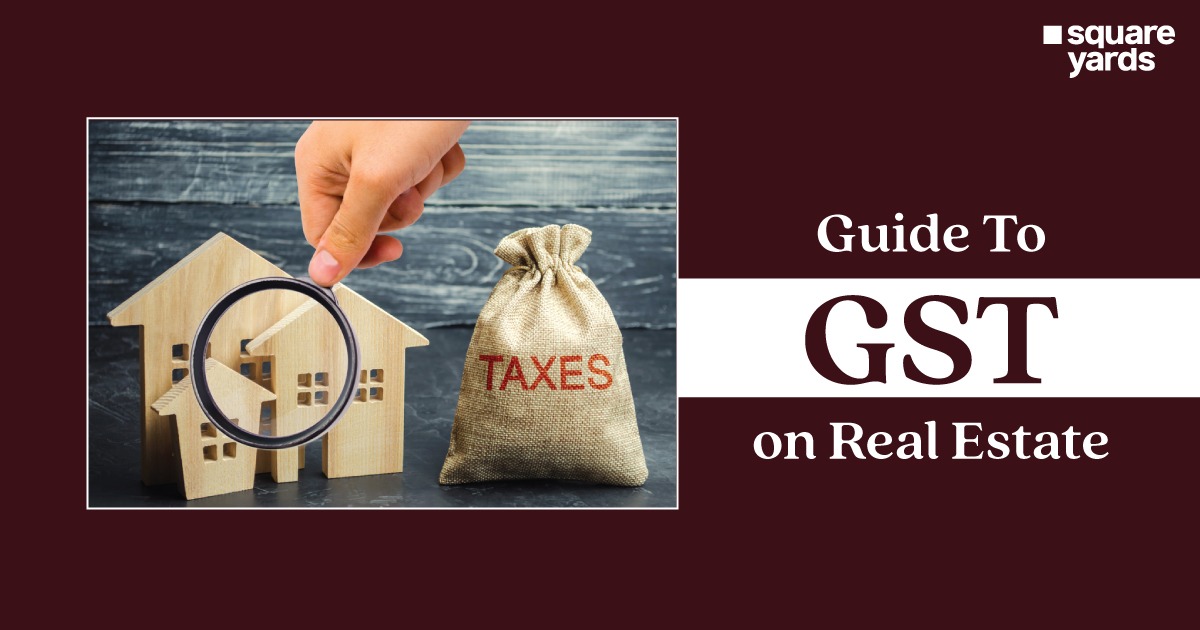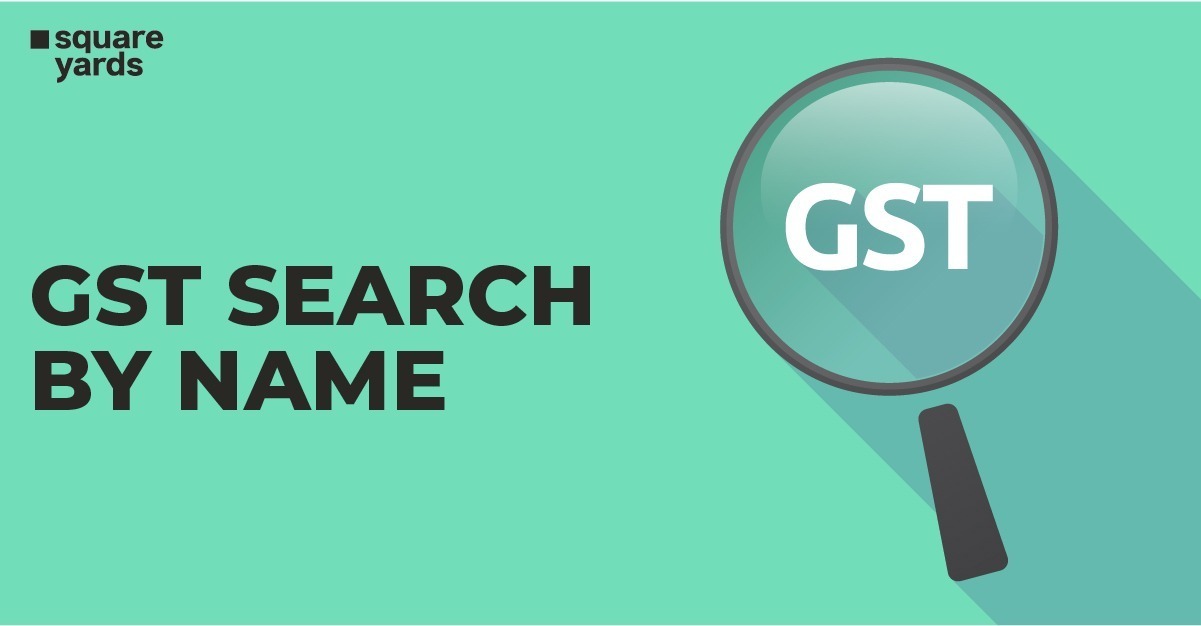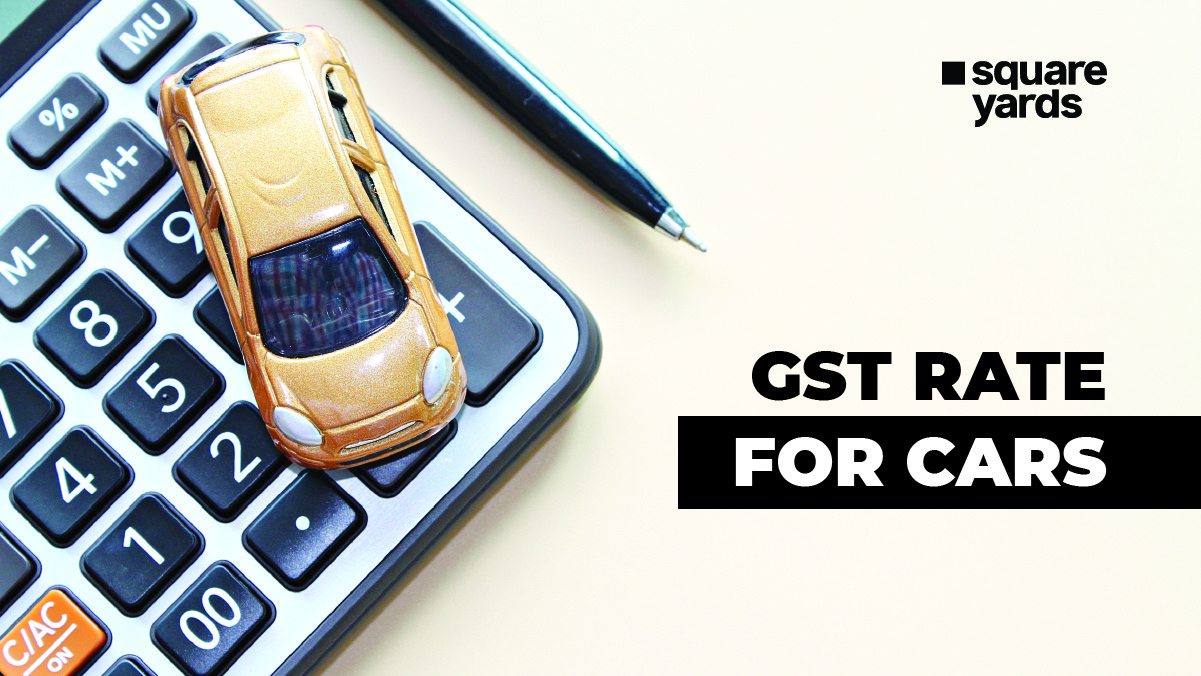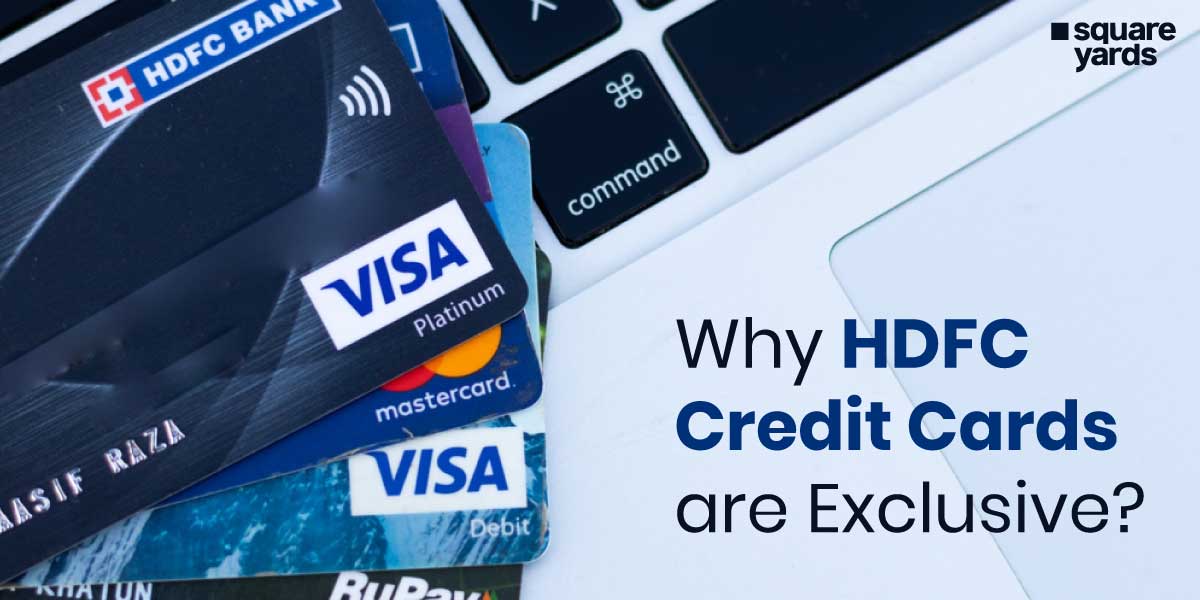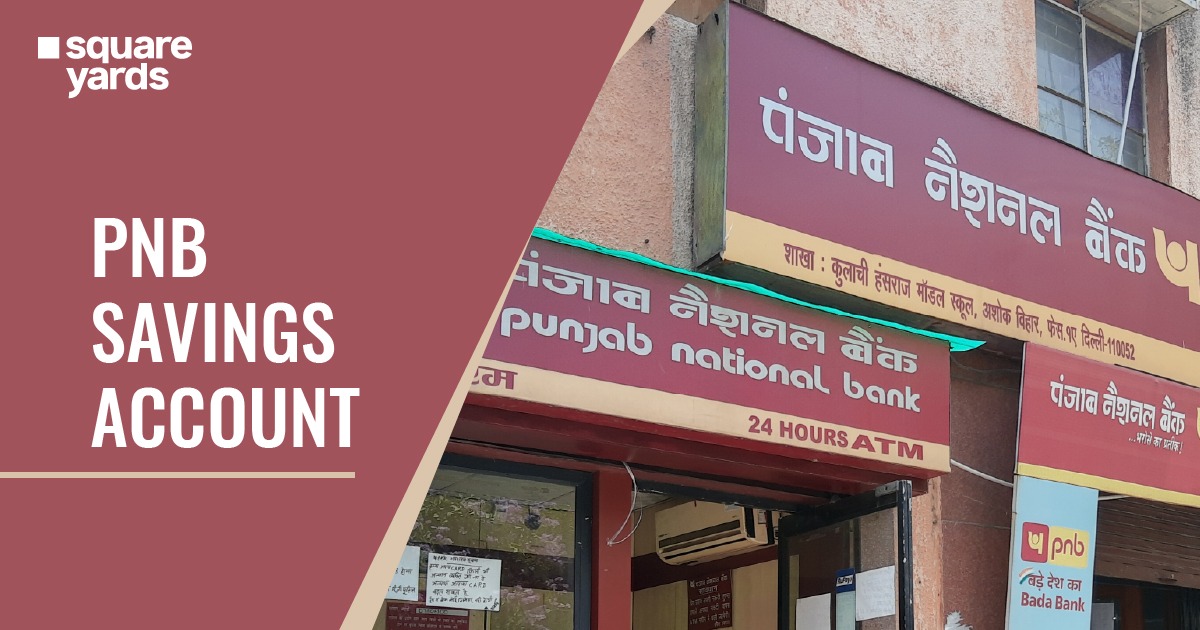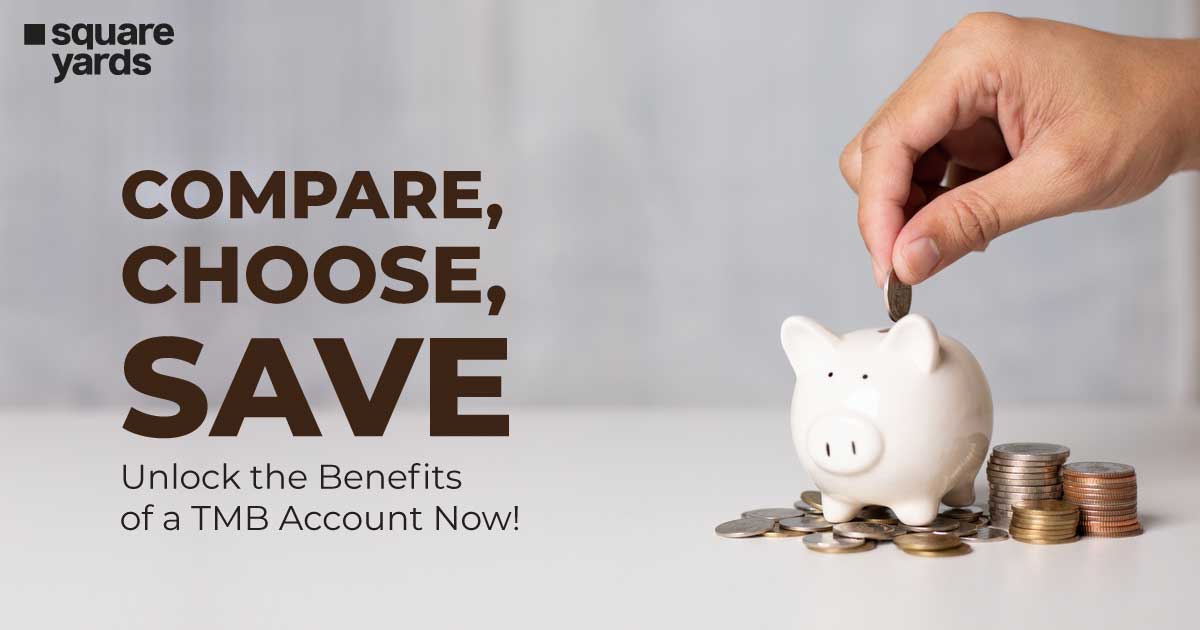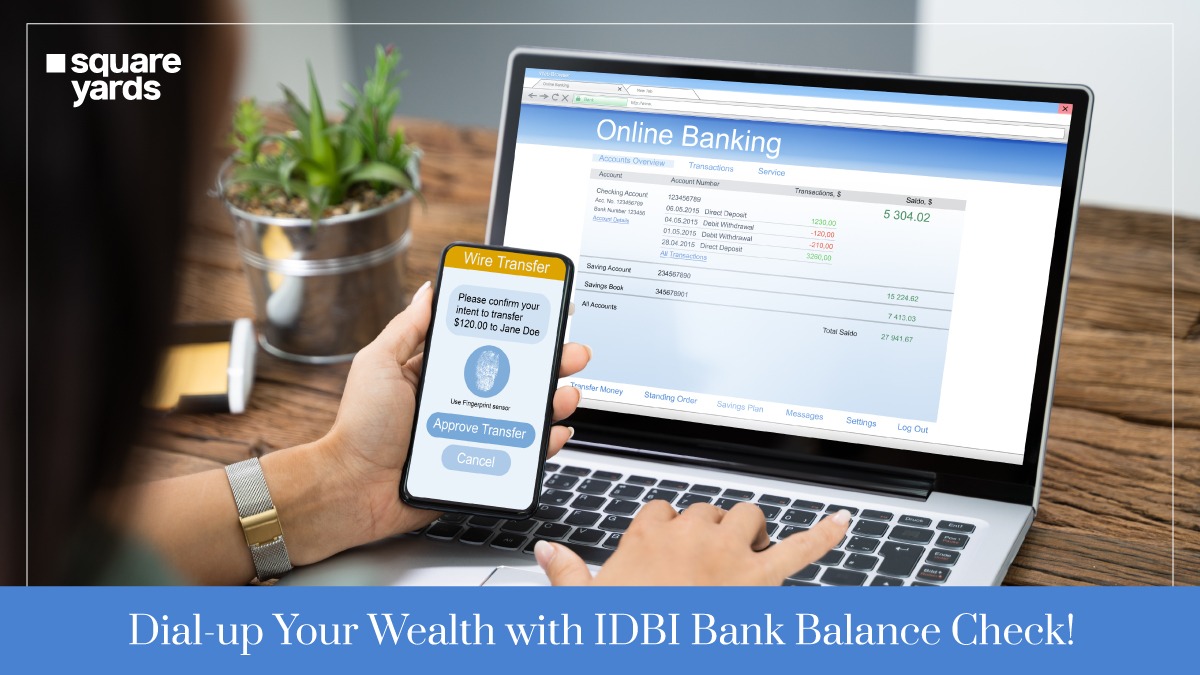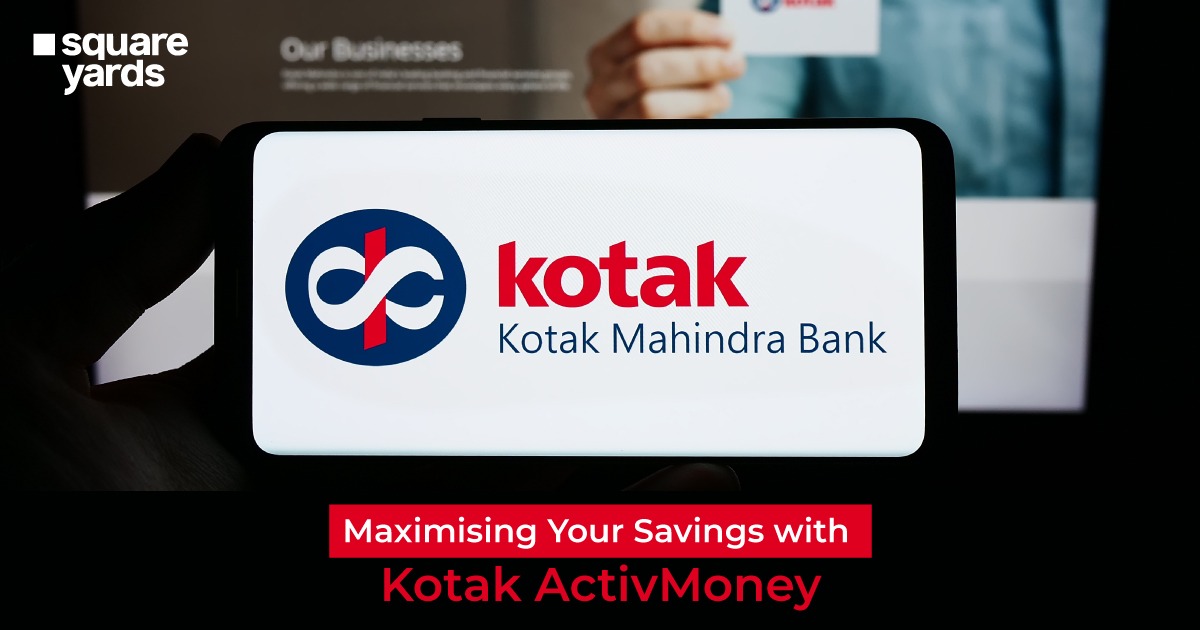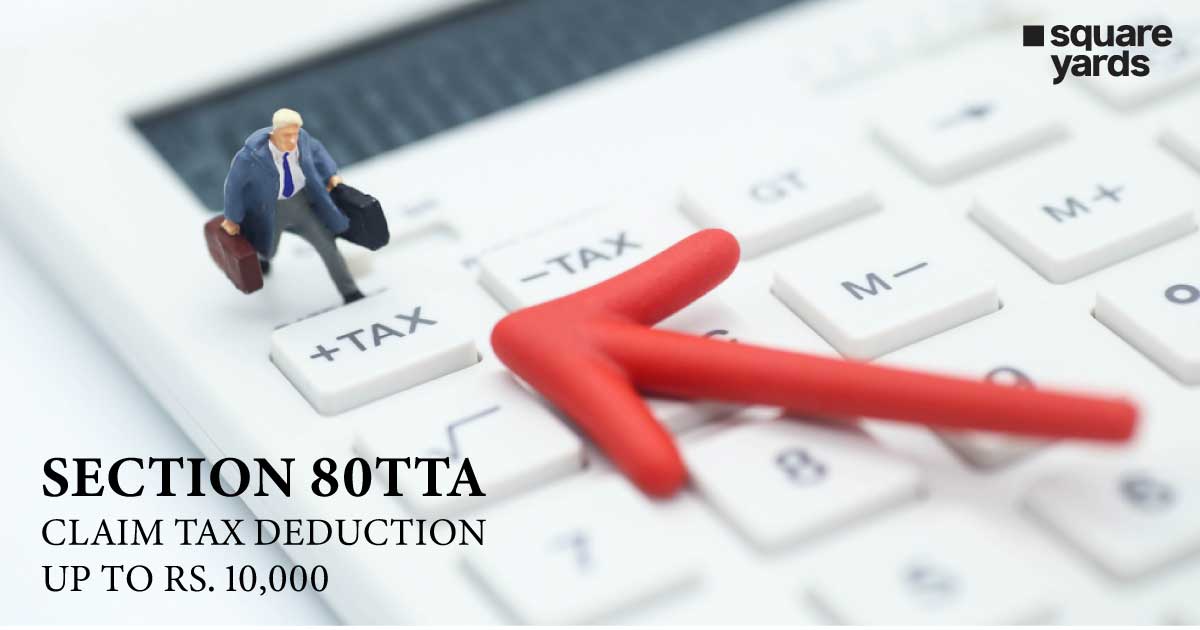Demonetization was implemented in India in 2016. This policy was used to modernise the cash-dependent Indian economy and combat corruption involving tax evasion and counterfeiting. The two most important denominations, ₹500 and ₹1,000 in the currency system were demonetised, making up 86% of India’s cash circulation.
Demonetization of currency led to an increase in the use of PAN cards. This article will inform you of the relation between PAN Card and demonetization and the need for PAN after implementing the policy.
Table of contents
PAN Card and Demonetization
The initiative has been made by the Income Tax Department that after the old notes of ₹500 and ₹1,000 have been demonetised; it becomes mandatory to provide PAN for the cash deposits which amount to ₹2.5 lakh or greater.
If an individual wishes to deposit an amount of ₹50,000 in a single day in a scheduled or cooperative bank, they will be required to quote their PAN. This specific additional requirement of providing a PAN card has been made compulsory so that the black money/wealth accumulated by illegal means does not get changed to white money. The Government of India has provided a 50-day window to submit the debilitated notes in the bank accounts.
According to a statement of the Income Tax Department, the CBDT amendment states that along with quoting PAN for the cash deposits of ₹50,000 in a day, the individuals will also have to provide PAN for the cash deposits which amount up to ₹2.5 lakh or greater. This decision has been made compulsory from 9 November 2016 to 30 December 2016. Also, providing PAN is compulsory when an individual wants to buy bank drafts and pay orders. PAN is also needed to purchase a banker’s cheque that sums up to ₹50,000. A fixed deposit in a bank or post office also needs to be quoted with PAN. If you want to open an account (excluding the basic Jandhan account or deposit account), you need to quote PAN. The Central Board of Direct Taxes or CBDT has stated that the department has already issued around 25 crores new PAN cards.
After announcing the demonetization of currency, the government ordered the post offices and banks to send the Income Tax Departments the deposit reports, which exceeded an amount of ₹2.5 lakh accumulated in the savings accounts. As per the Government of India notification, all the regular and cooperative banks and post offices need to report to the IT department regarding ₹50,000 deposited in a single day and ₹2.5 lakh or above into the savings accounts deposited within 9 November and 30 December 2016.
Why was Demonetization of Currency Introduced?
Demonetization of currency was introduced to combat the circulation of hoax Indian currency notes. According to a layman’s perspective, the fake currency notes are quite similar to the real ones. Also, no security feature was attached to the fake currency notes. These fake notes were utilised for anti-national and illegal activities. They were also used to hoard black or illegal money within the country. Since most of the transactions in India take place in cash, the fake currency became a peril to society. To take this situation under control, the Government of India implemented the demonetization scheme.
Withdrawal for the Wedding of Ward
To ensure that the commoner could celebrate their ward’s ceremony or wedding, the Indian Government decided that ₹2.50,000 could be withdrawn up to 30 December 2016. The money could be used to incur all the expenses. The following conditions were implied on the withdrawals:
- Withdrawals are only permitted from the complete accounts that are KYC compliant.
- If the marriage date is on or before 30 December 2016, the individual can withdraw the entire amount.
- Either parent is eligible to withdraw the money for the wedding of their ward. However, only one parent can take out the amount.
The banks are in a position to keep a track record of the wedding’s evidence (advance payment receipts, invitation cards, etc.) and produce them for verification. The banks should also encourage the families to use a non-cash transaction mode for weddings. The payments can be made through debit cards, drafts, cheques, mobile channels, IMPS, NEFT, credit cards, RTGS, etc.
Steps Taken for the Farmers
The farmers are eligible to take out an amount of ₹25,000 weekly from the deposit accounts. The farmers can utilise the Kisan Credit Card, or a loan of the same amount can be availed. This amount can be used to buy seeds from outlets, units, or centres belonging to the Central and State Governments, National and State Seed Corporations, Central and State Agricultural Universities, and the Indian Council of Agricultural Research, among others.
The cash credit limit provided by NABARD will be made use of during the crop season of Rabi to ensure that farming operations are not met with any obstacle. The banks with an adequate cash supply have been asked to supply DCCBs and RRBs constantly. The APMCs bank branches will be provided with adequate cash to ensure smooth procurement.
Utilising Electronic Mode
One can use Mobile Banking, NEFT, Internet banking, RTGS, or IMPS to avoid making payments in cash. Additional steps have also been taken to abide by all the transactional requirements. The Prepaid Payment Instruments (PPI) issuer can issue these to the designated merchants. The Prepaid Payment Instruments balance cannot exceed the maximum limit of ₹20,000 at any point in time. The merchants can send a maximum of ₹50,000 to their accounts from the Prepaid Payment Instruments.
The semi-closed Prepaid Payment Instruments limit has been increased from ₹10,000 to ₹20,000. Additionally, the reload value has also been increased to ₹20,000. The authorised Prepaid Payment Instruments issuers can make full KYC Prepaid Payment Instruments with ₹1,00,000 balance available. All these measures will only be applicable till 30 December 2016.
Emergency Cash Needs
Particular banknotes of ₹500 can be used for the given below purposes till 15 December 2016 after the demonetization of currency:
- For making the payment at pharmacies or for medical treatments at all Government hospitals.
- The government or Public Sector bus ticket counter, railways ticket, and flight tickets counter.
- For purchases from the cooperative stores that are under the jurisdiction of the State or Central Government. However, only a purchase of a maximum of ₹5,000 is permitted from the Consumer Cooperative Stores for one time.
- For purchasing milk at Central or State Government-operated mile booths.
- For purchasing petrol, diesel and gas at the Gas Marketing and Public Sector Oil operated organisations.
- Payments are to be made at burial grounds.
- For the purchase of LPG cylinders.
- To make payments for catering service on board during the trail travel.
- To make payments in the pharmacy which the doctor has prescribed.
- To purchase suburban rail services and metro tickets.
- To purchase tickets for the monuments maintained by the Archaeological Survey of India.
- To make payment for taxes, penalties, charges, and fees.
- To make the fee payment for the Central and State Government colleges.
- To make payment for a prepaid mobile recharge up to ₹500.
Withdrawing Cash Against Cheque
It is permitted to withdraw cash against cheque with a weekly limit of ₹24,000. The transactions involve ATM and over-the-counter withdrawals. Business entities with active Current Accounts for at least three months can withdraw ₹50,000 weekly after the demonetization of currency.
PAN Card and Demonetization Impact
In 2017, the Chairman of CBDT informed that there was a jump of approximately 300% in the Permanent Account Number (PAN) applications within a year of demonetization coming into effect. Pan and demonetization have become interlinked after the announcement of the policy. The number of applications for PAN increased from 2.5 lakh to 7.5 lakh, indicating that more people were now taking the initiative to keep their businesses clean.
Frequently Asked Questions (FAQs)
Can I Deposit More than ₹50,000 Without a PAN Card?
PAN Card is not required for cash transactions or deposits of more than ₹50,000.
How Much Total Value Can I Avail Myself Of?
An individual is in a position to avail the entire amount that they have submitted with the Reserve Bank of India office or bank branches.
Can the Entire Amount be Availed in Cash?
Balance in the bank account can only be used to make payments using a cheque. The transactions can also be executed through electronic modes. These electronic modes include internet banking, debit cards, mobile wallets, credit cards, IMPS, etc.
What Step Can be Taken if I Do not Have a Bank Account?
An individual can open a bank account in any branch using all the necessary documents.
Can money be withdrawn from ATMs?
The Automated Teller Machines (ATMs), when recalibrated, will get an upper limit for cash withdrawal of ₹2,500 every day. This will help in the denomination notes to be dispensed.
What is the Relationship Between PAN and Demonetisation?
The demonetization of currency led to the emergence of using PAN to make your business transactions transparent.


